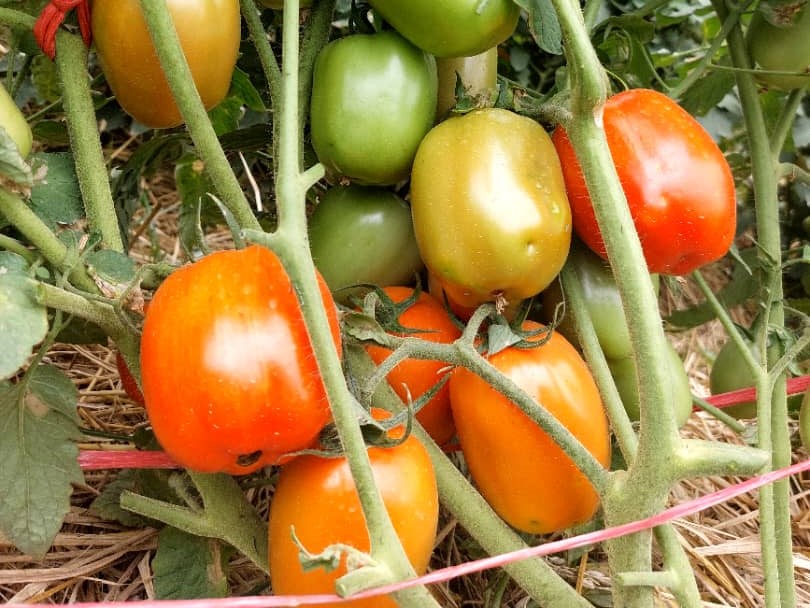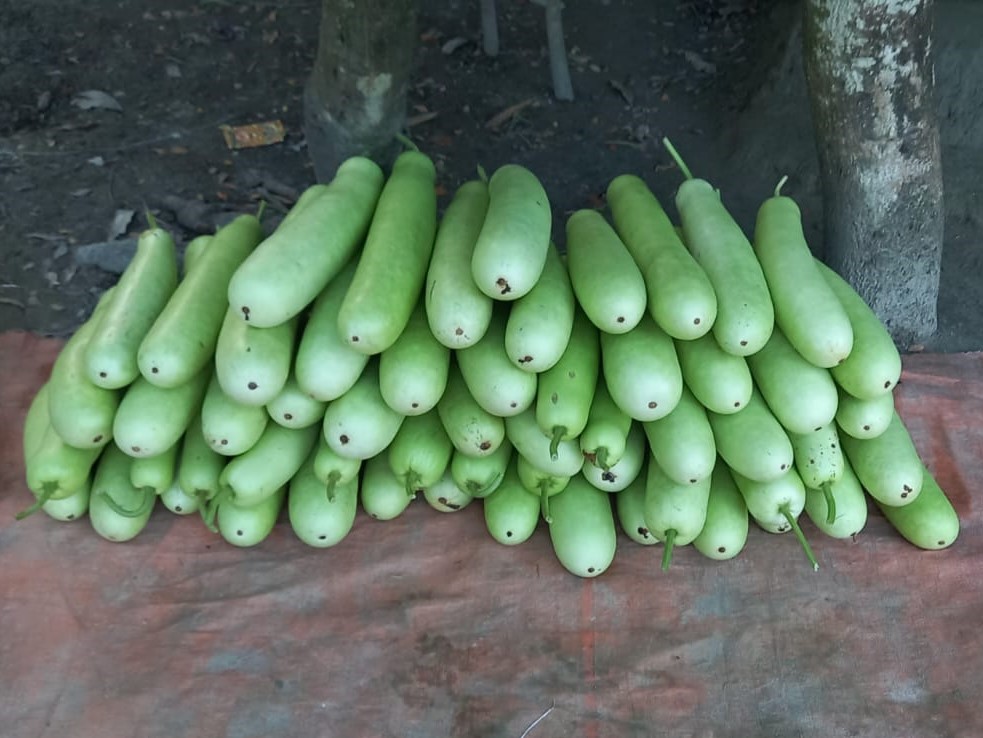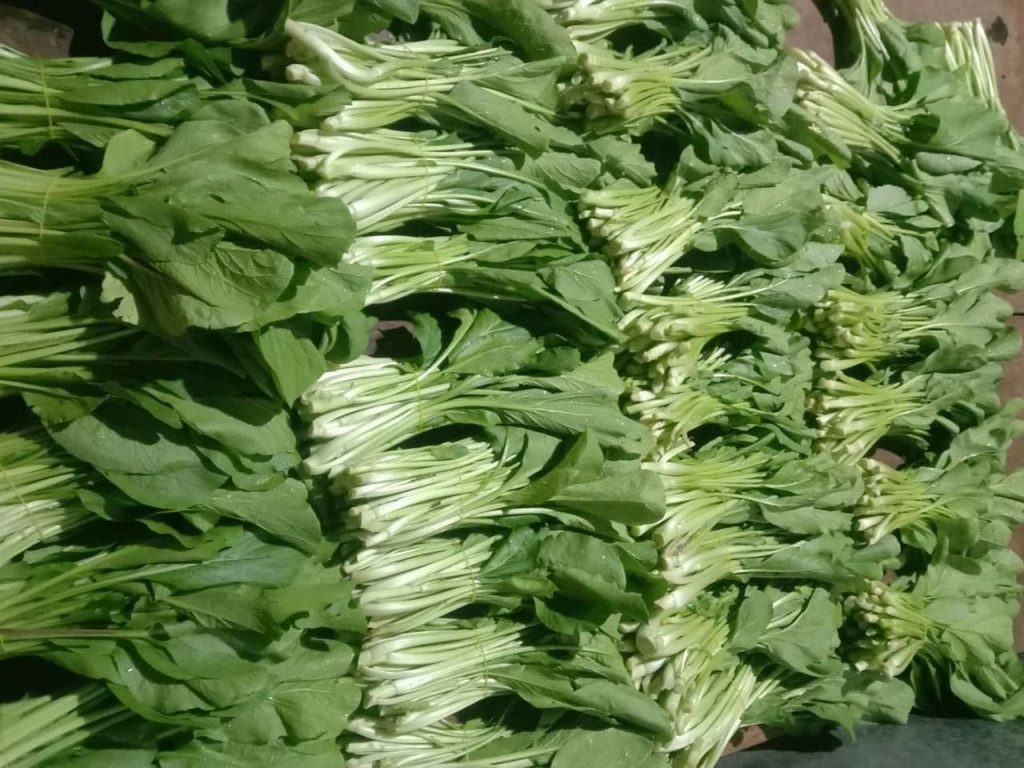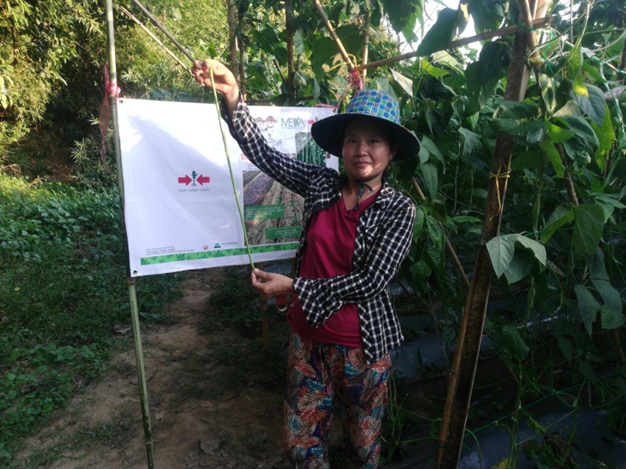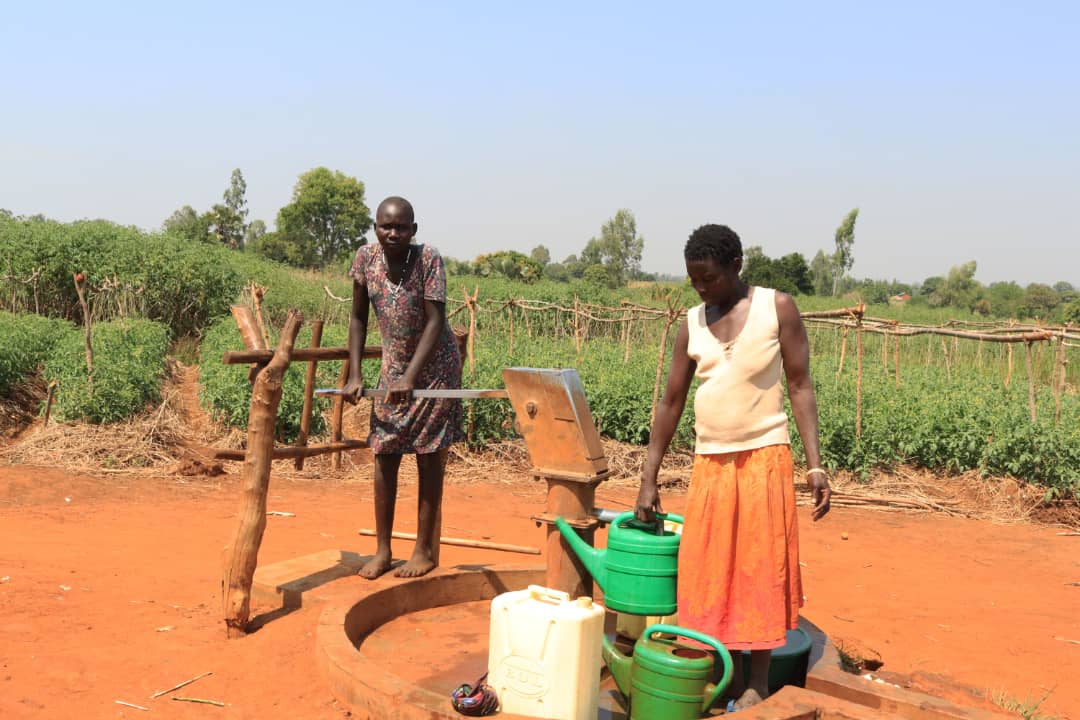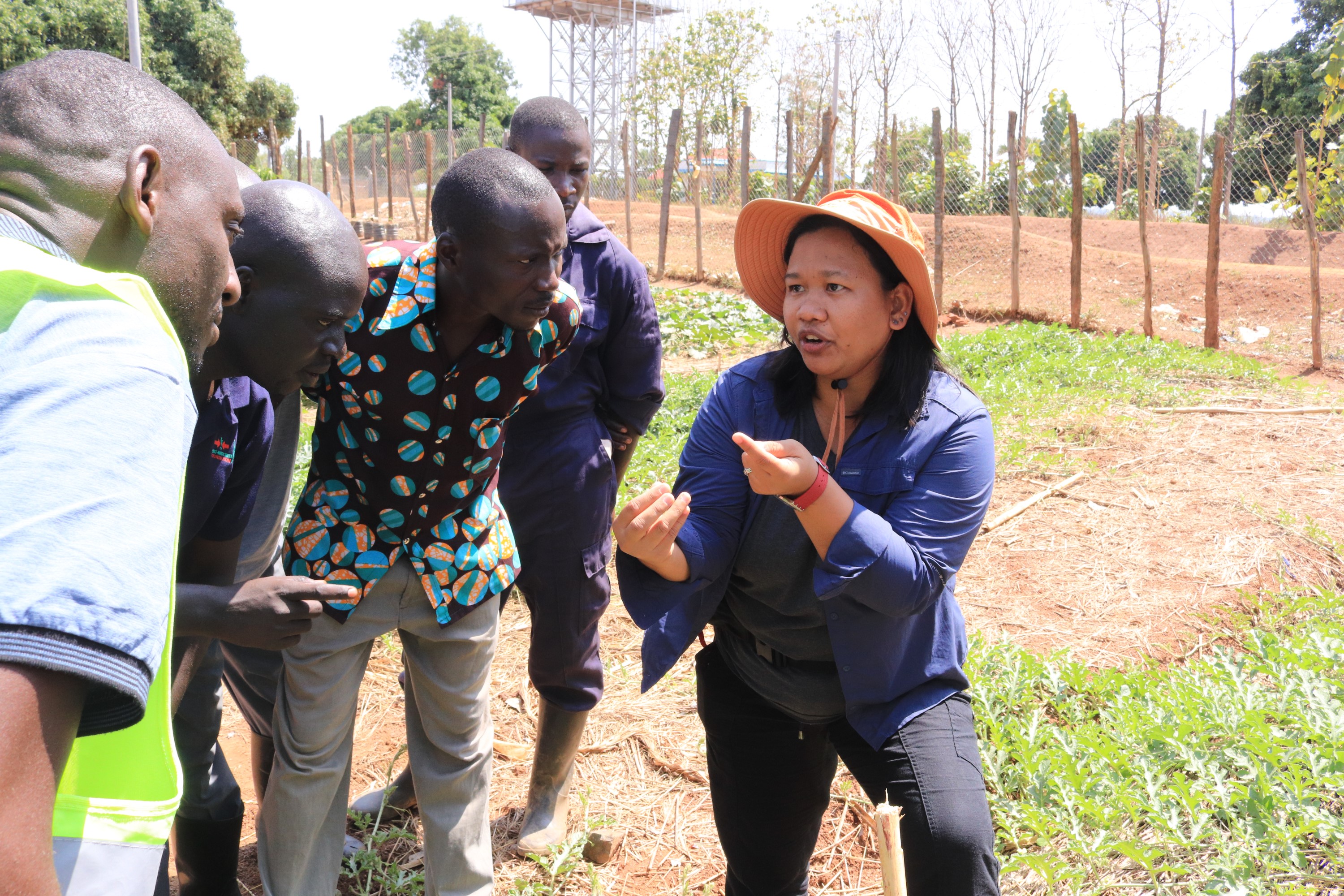Reducing Vegetable Loss After Harvest
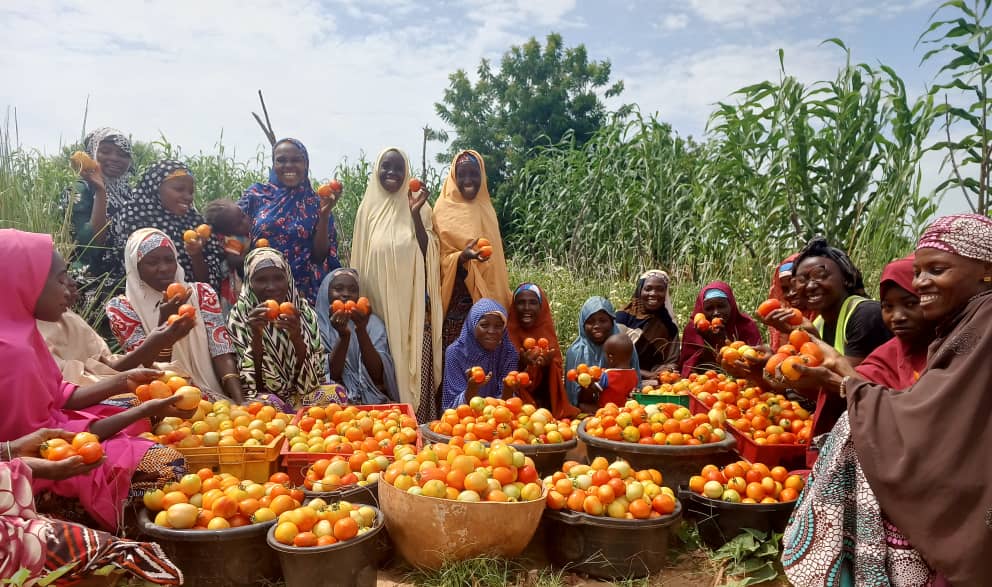
According to the United Nations, roughly 13% of the food produced around the world is lost between harvest and retail. This has big costs for farmers, who gain less income from their hard work, and for consumers, who have less access to vegetables to meet their nutritional needs.
The International Day of Awareness of Food Loss and Waste Reduction, observed annually on 29 September, shines a light on food loss in the supply chain (and in households) and seeks to prioritize actions that reduce food loss and waste.
At East-West Seed Knowledge Transfer Foundation, we are taking action to limit food waste by training smallholder farmers in harvesting and post-harvest handling, which means more money in farmers’ pockets and more fresh vegetables for consumers.
Helping Farmers to Limit Food Loss
Our training module on harvesting and post-harvest handling educates farmers on the 4 R’s of harvesting: right age, right time, right harvesting method, and right post-harvest handling.
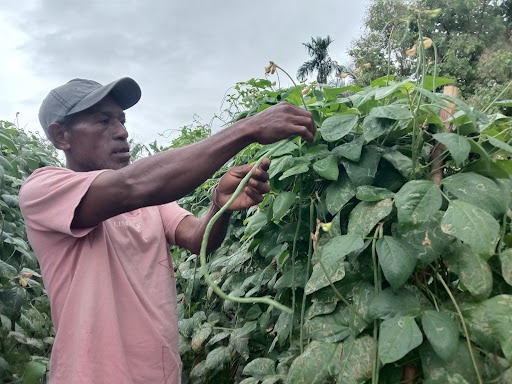
RIGHT AGE guides farmers in determining the optimum harvest time for each vegetable, taking into consideration the vegetable’s stage of development as well as consumer preferences regarding size, appearance, and stage of maturity.
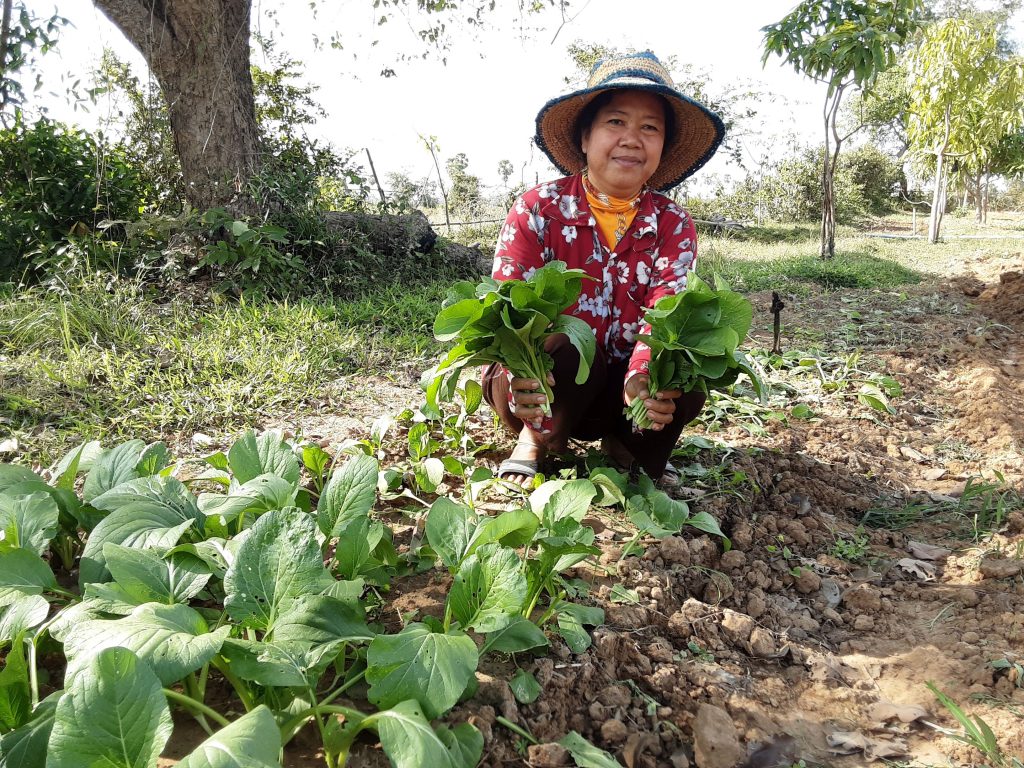
RIGHT TIME reminds farmers to harvest vegetables at cooler times of day and provides specific tips for achieving maximum longevity after harvest. Making sure to water the crop a day or two before harvest, avoiding harvesting during or just after a rain shower, and collecting fruit vegetables in the early morning and leafy vegetables in the late afternoon can all extend shelf life.
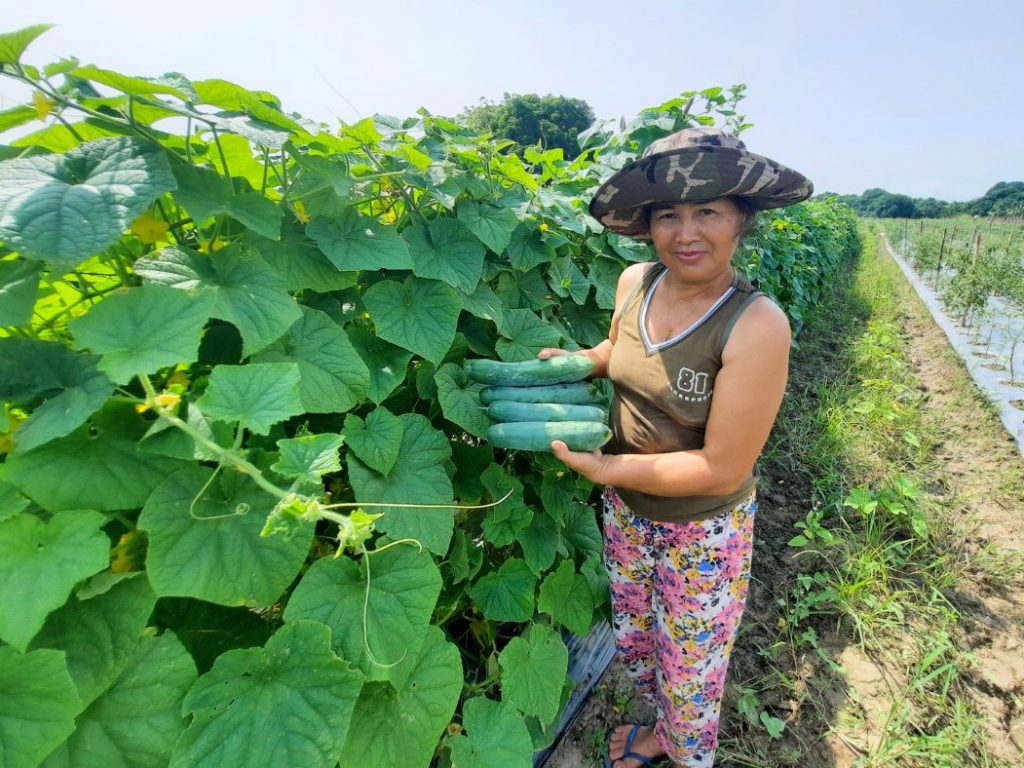
RIGHT HARVESTING METHOD has implications for both food safety and preservation. Using clean, sharp tools and avoiding placing harvested vegetables on the ground reduce the risk of contamination. Immediately moving harvested vegetables to the shade to avoid exposure to sunlight and protecting vegetable fruits from bruising keeps them fresher for longer.
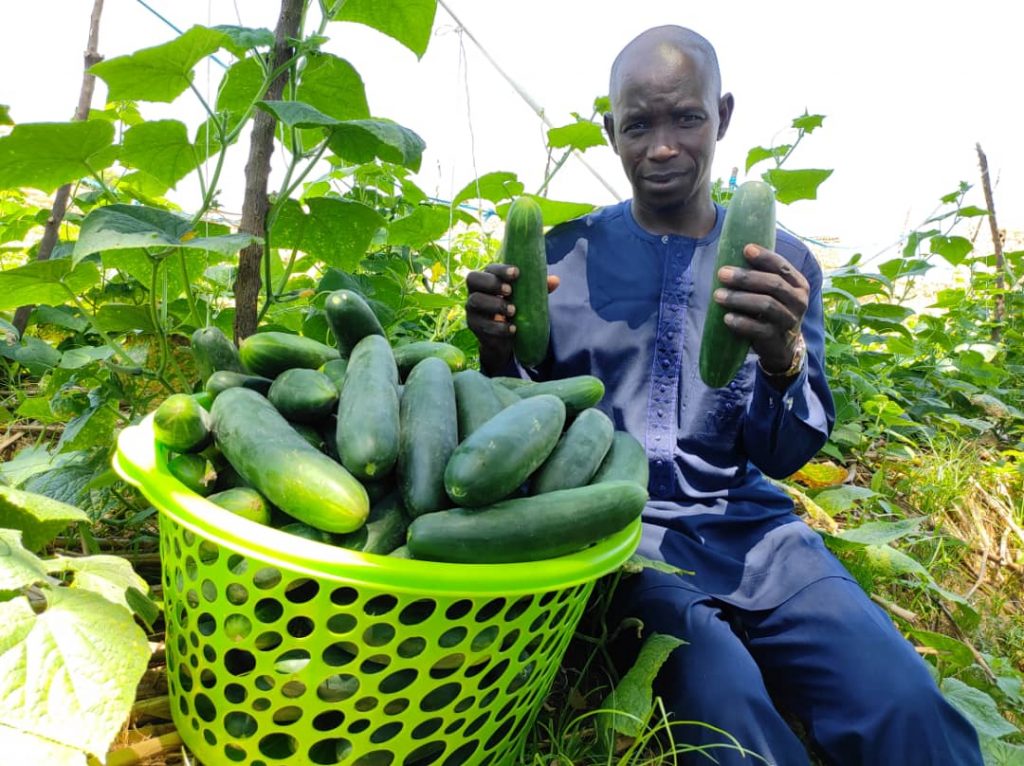
RIGHT POST-HARVEST HANDLING provides guidance to farmers on preparing their vegetables for sale. Removing soil particles and damaged leaves, trimming fruit stems, and separating out poor-quality produce limits contamination and deterioration. Packing vegetables carefully for transport, without forcing them into containers or putting pressure on them, helps to maintain product quality and lowers losses as the vegetables make their way to market.
We also provide tips for post-harvest treatments that prolong shelf life, such as curing onions in well-ventilated storage structures. For times when a supply surplus makes selling vegetables difficult and waste likely, we present options for processing certain vegetables to preserve their value, such as drying tomatoes for long-term storability and future sale.
Reducing food loss and waste during and after harvest is a win for both smallholder farmers and consumers, and we are proud to play a part in achieving this important goal.
